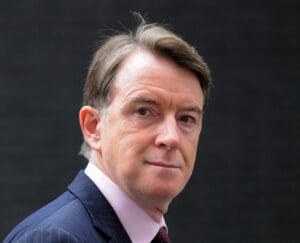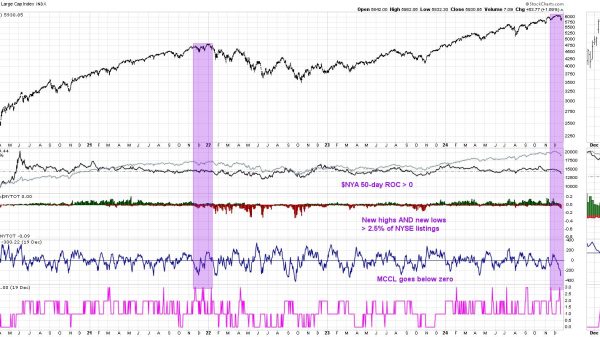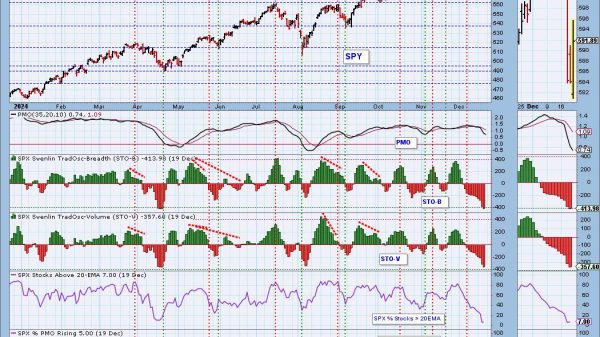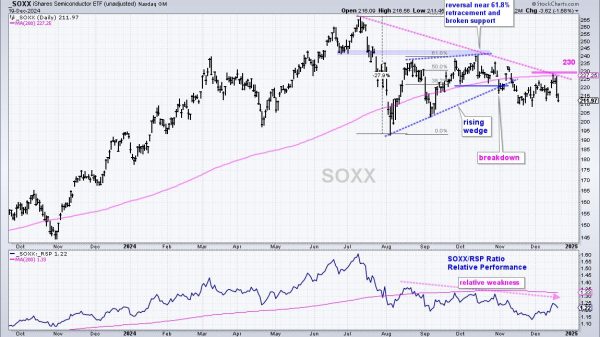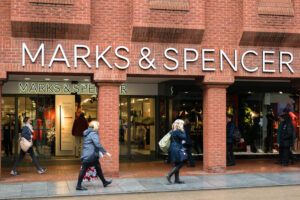Marks & Spencer is stepping up its store opening programme with the launch of 20 “bigger and better” new shops throughout Britain and the creation of 3,400 jobs.
While other retailers are switching online or are disappearing from the high street, Stuart Machin, the chain’s co-chief executive, said he was committed to offering “great shops”, in spite of previously announcing plans to close 67 underperforming branches.
M&S will open eight “full-line” stores — offering clothing, homewares and food — in shopping centres such as the Bullring, Birmingham, and the Trafford Centre, Manchester, as well in as retail parks and high streets. It also will open 12 food halls, including in Stockport, Barnsley and the North Ayrshire seaside town of Largs. Several full-line stores will be based in former Debenhams sites as part of the retailer’s pledge to regenerate vacant store units.
The openings will bring new store investment to £480 million. Machin said the investment in stores not only would “deliver a better experience for customers” but also “fits into the levelling-up agenda, with the creation of jobs across the whole of the UK”. He said it reaffirmed the retailer’s belief in physical shops. “Stores are a core part of M&S’s omnichannel future and serve as a competitive advantage for how customers want to shop today,” he said.
M&S, founded in 1884, has more than 1,000 shops in Britain and has been led since last year by Machin, 52, and Katie Bickerstaffe, 55, its co-chief executives. The openings form part of the retailer’s store rotation programme that “aims to create an M&S store estate fit for the future” by relocating or closing underperforming branches. It has about 247 full-line stores but intends to reduce the number to 180 by early 2026, closing 67 “lower-productivity, full-line” stores, while at the same time opening more than 100 new food sites.
M&S said the programme was underpinned by a “substantial” investment in new digital services. This includes introducing a click-and-collect service at 130 stores and scan-and-shop, which lets customers use their phone to scan and bag food items as they shop. Machin said “physical/digital” sales were of equal importance to retailers after the pandemic, which is why he was “pleased the government has not chosen to introduce an online sales tax”.
The new stores also have been designed “with families in mind”, with free parking, “spacious” clothing and home departments and wider aisles.
M&S said it had already noted successful performances from recently relocated stores, with payback on net capital investment within two years. As an example, in November M&S moved from an ageing town centre site in Chesterfield to a new store in Ravenside Retail Park half a mile away. It said the new shop’s overall sales were up by 103 per cent in December compared with the old one last year.
M&S also plans to extend its franchise model to expand its convenience offering.
It has franchise partnerships with BP and Moto, the service station operators, SSP, the Upper Crust owner, and Costa Coffee.
Last week the retailer reported strong Christmas trading as shoppers snapped up its food. Its market share in clothing and home rose to a seven-year high. Total like-for-like UK sales rose by 7.2 per cent year-on-year to £3.2 billion in the 13 weeks to December 31.
Simon Underwood, business recovery partner at Menzies, the accountancy firm, said: “Despite facing numerous challenges, the latest transformation at M&S is beginning to demonstrate resilience. Closing more underperforming full-range stores further demonstrates a willingness and capability to flex its structure and take difficult decisions.”
Read more:
Marks & Spencer set to open 20 new stores creating 3,400 jobs





